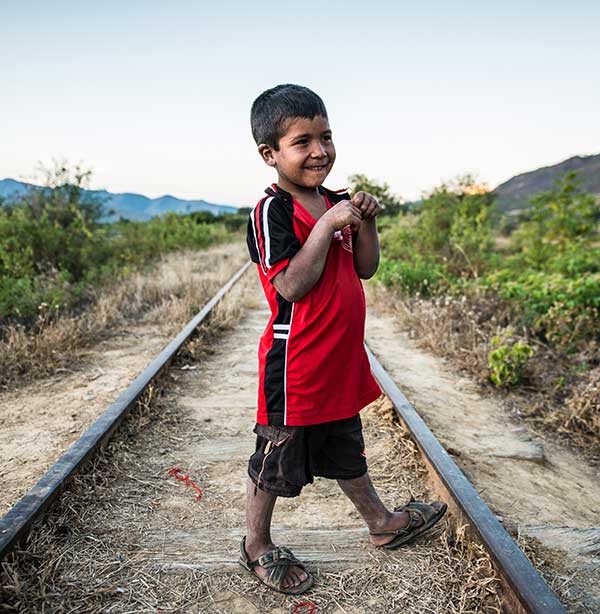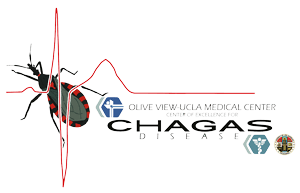
Neglected Diseases
The World Health Organization has named 18 diseases, including Chagas, as neglected infectious diseases, or NID’s. These diseases primarily impact the poor in the global South, but are found among low-income populations in wealthy countries as well. The available treatments for these diseases are often old and ineffective, and can cause dangerous side effects. However, new, safer drugs are not developed because pharmaceutical companies want to make profits, and the market for neglected diseases consists mainly of low-income people in developing countries.
Furthermore, the poor often have less access to available treatments. They may not have adequate insurance coverage, may be unable to pay for medical services, and may live far from health facilities. They may not be able to take time off of work.

Neglected diseases are often linked to housing, water, and sanitation. If communities lack adequate conditions in any of these areas, it serves to perpetuate the cycle of infectious diseases. Even people who are treated and cured may become reinfected if their housing/community continues to put them at risk.
For example, Chagas is a neglected disease. The poor are at greatest risk of getting infected because they cannot afford to build homes of modern materials, and use what is available in the natural environment. Unfortunately, this means their homes are highly susceptible to kissing bug infestation. The only medicines available for treatment were developed over 40 years ago and cause side effects. Less than 1% of people with the disease have been diagnosed and treated, meaning that thousands die preventable deaths or become critically disabled every year.
Consequently, ending neglected diseases requires developing better, safer treatments in addition to improving community infrastructure and addressing underlying causes of poverty.

CENTER OF EXCELLENCE FOR CHAGAS DISEASE
FOLLOW US